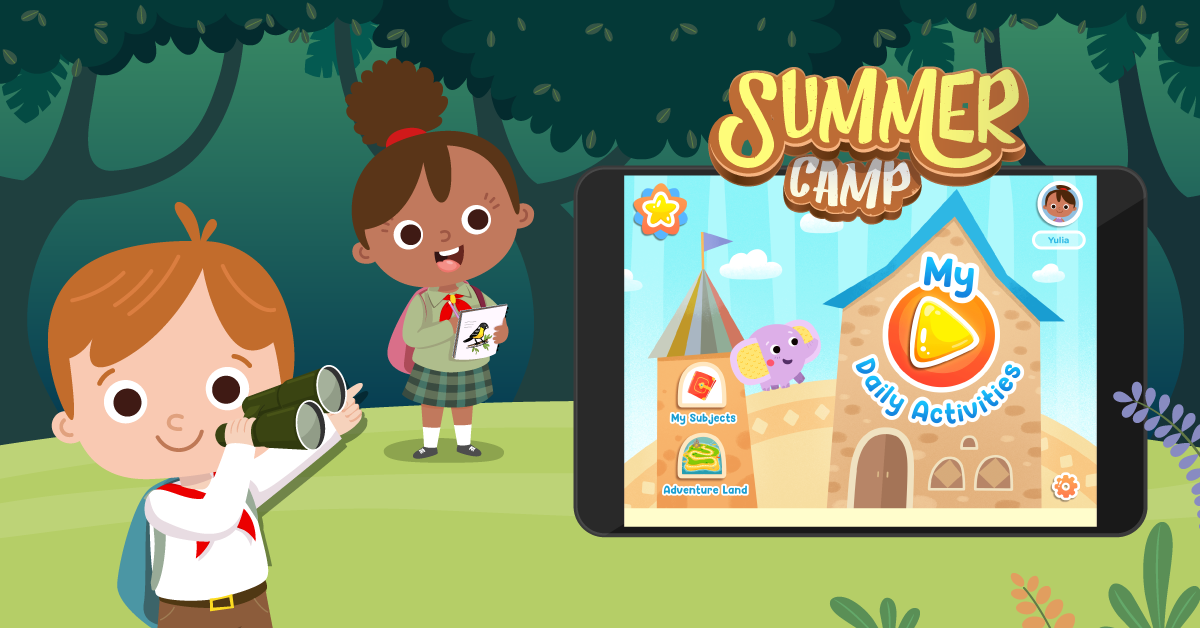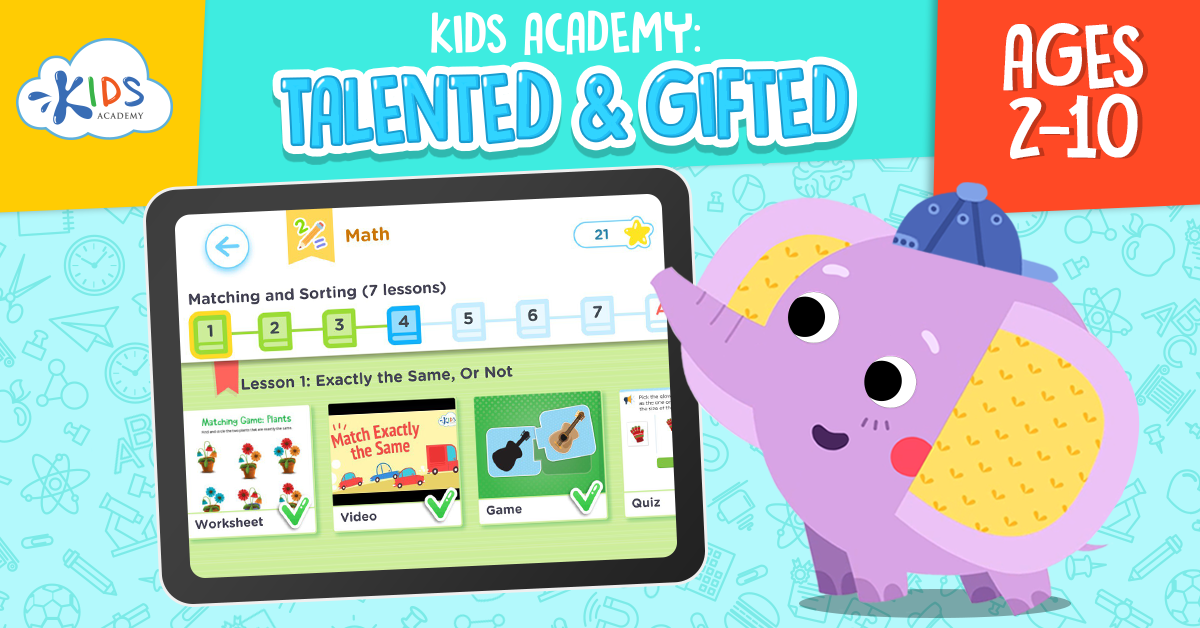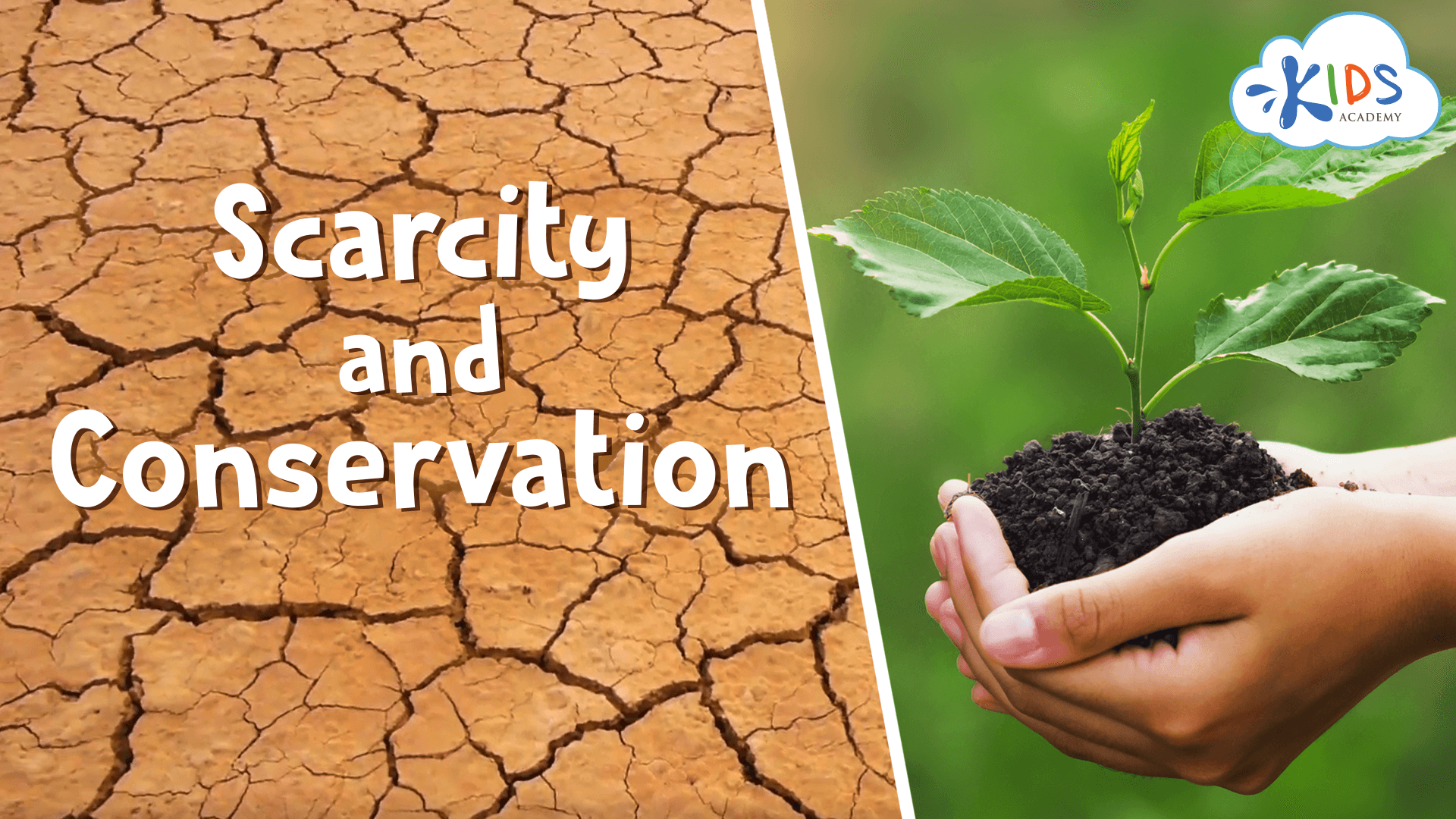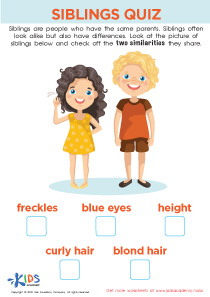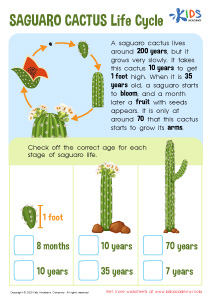Number Recognition Normal Science Worksheets for Ages 3-8
7 filtered results
-
From - To
Explore our engaging "Number Recognition Normal Science Worksheets" designed specifically for children ages 3-8. These worksheets combine fundamental science concepts with essential number recognition skills, promoting early learning in a fun and interactive way. Tailored to young learners, these resources help kids develop their number recognition abilities while exploring colorful illustrations related to scientific themes. Each worksheet encourages critical thinking and enhances cognitive skills, providing a solid foundation for future math proficiency. Perfect for classrooms or home learning, our worksheets are accessible and easy to use, allowing children to discover the world of numbers through the exciting lens of science.
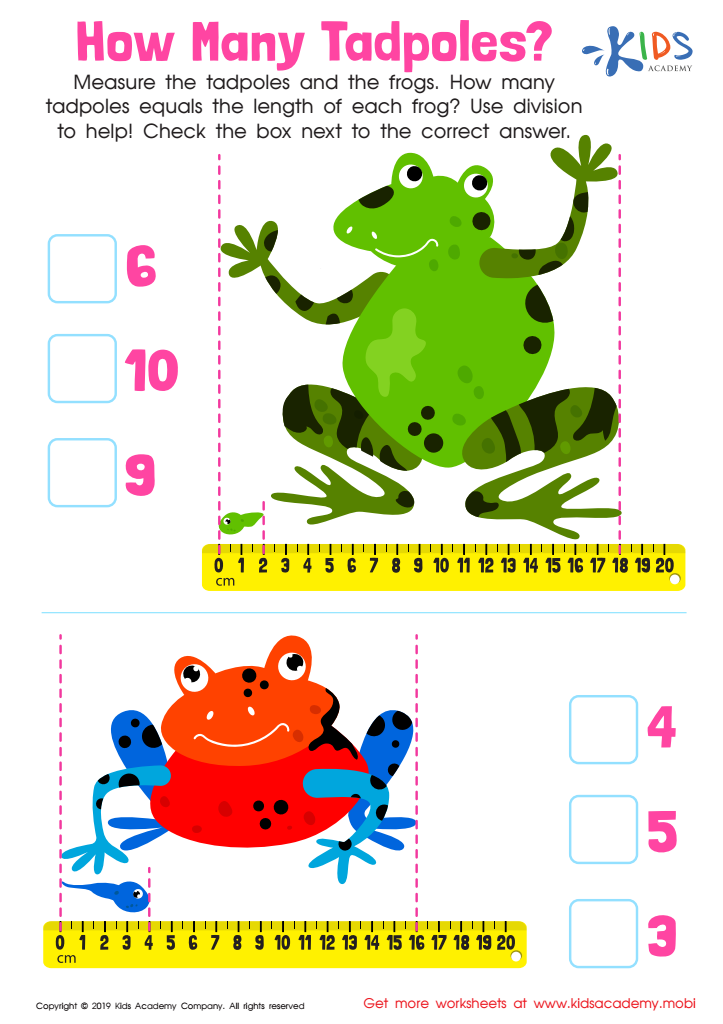

How Many Tadpoles Worksheet
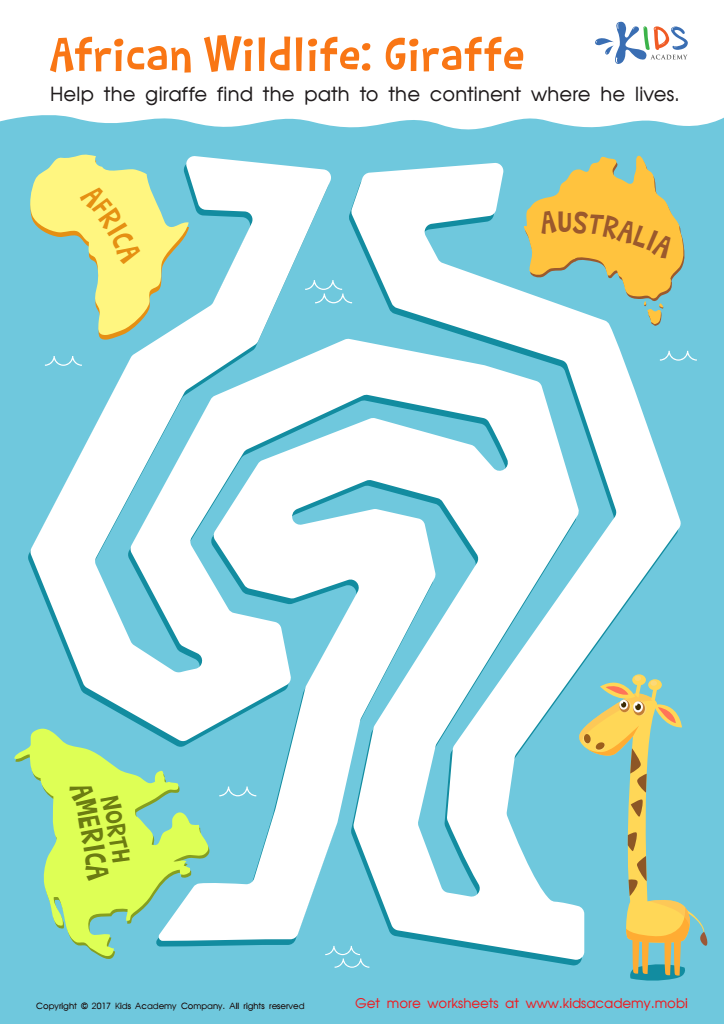

African Wildlife: Giraffe Worksheet
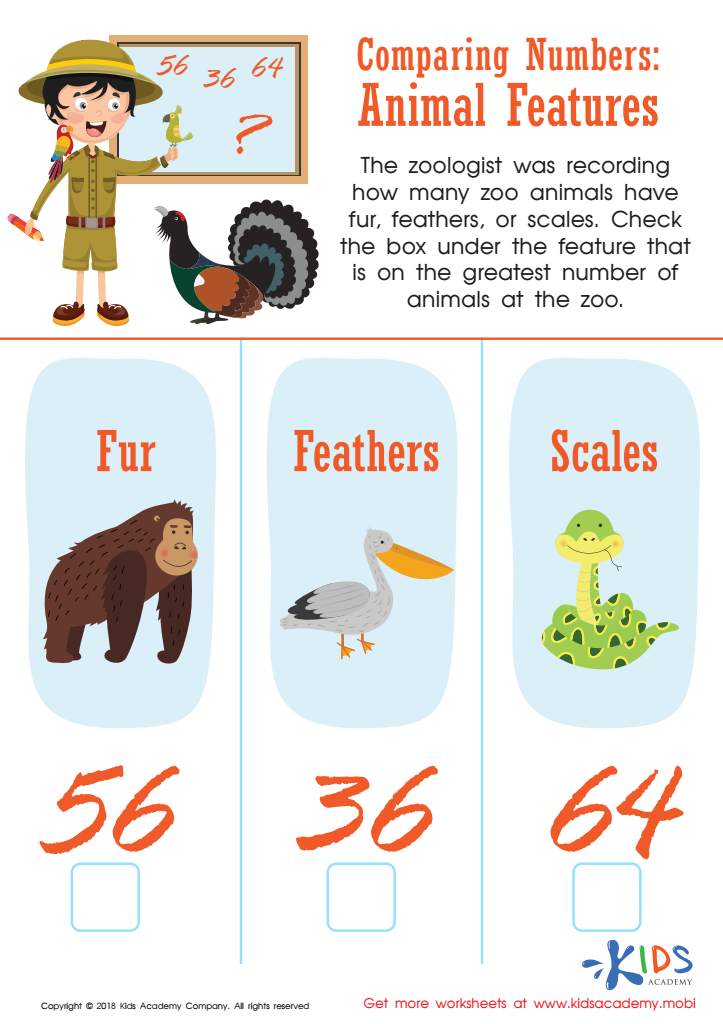

Animal Features Worksheet
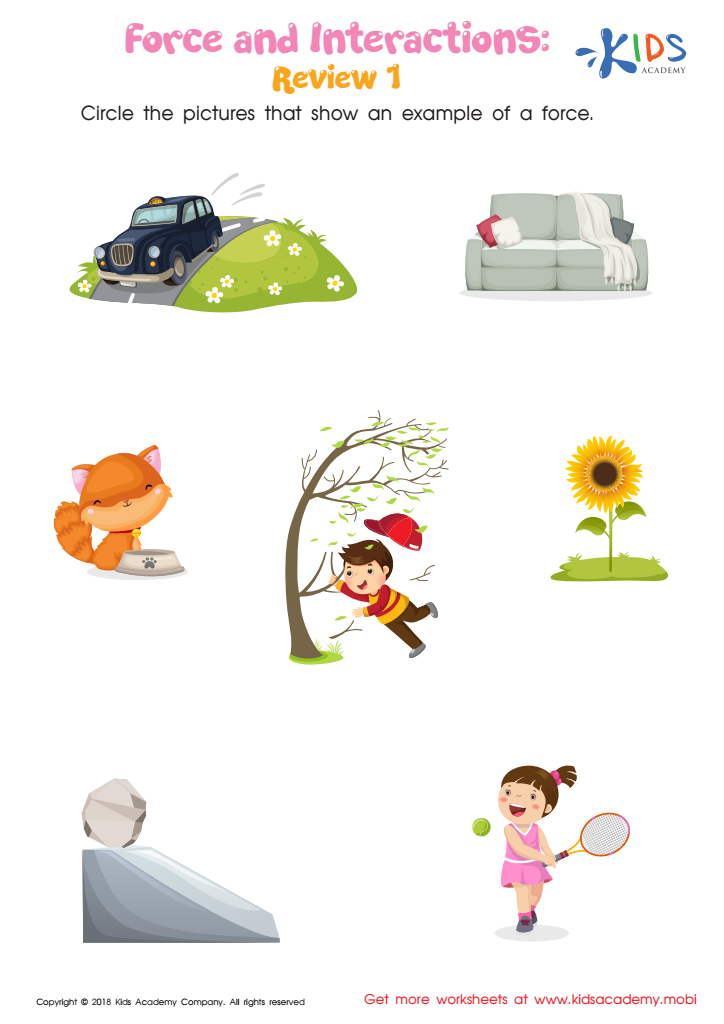

Force and Interactions: Review 1 Worksheet
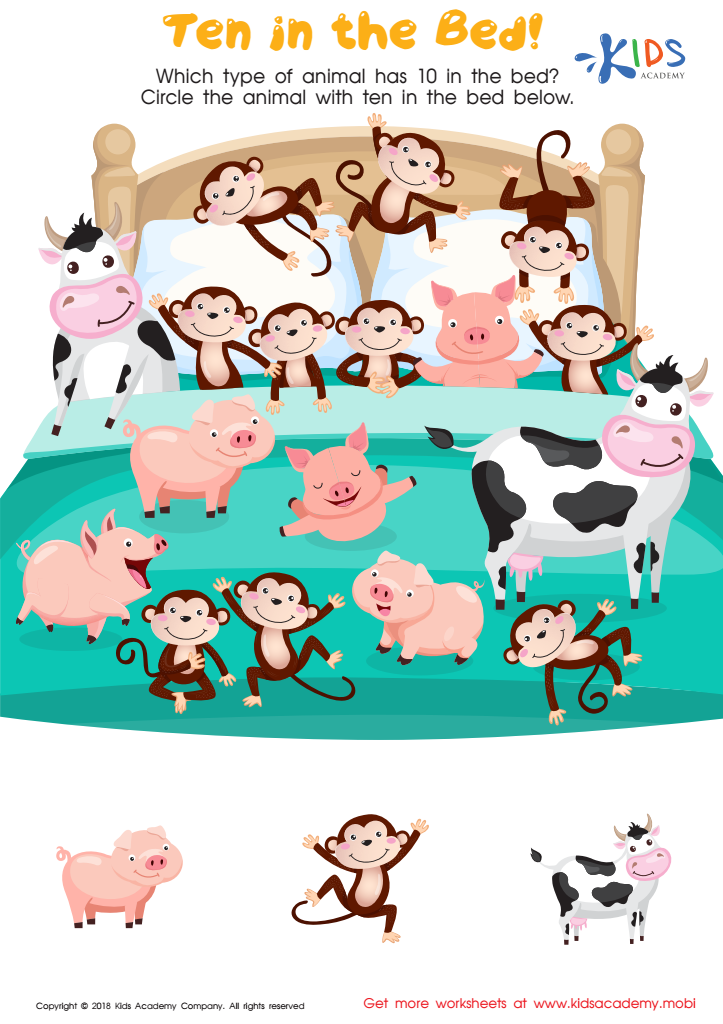

Ten in the Bed Worksheet
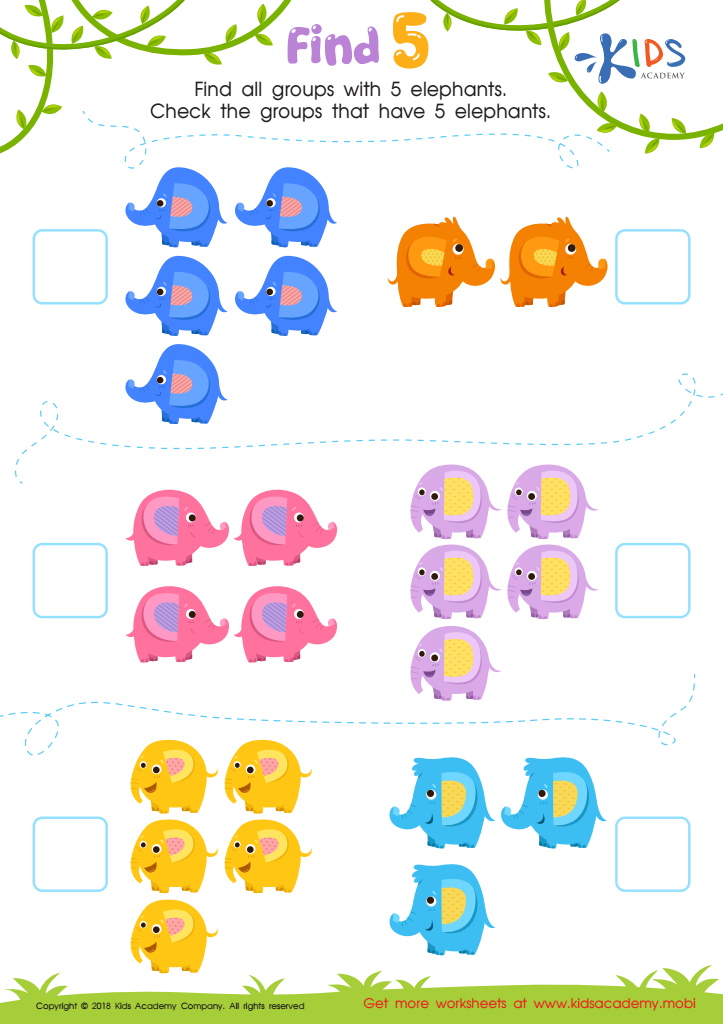

Find 5 Worksheet
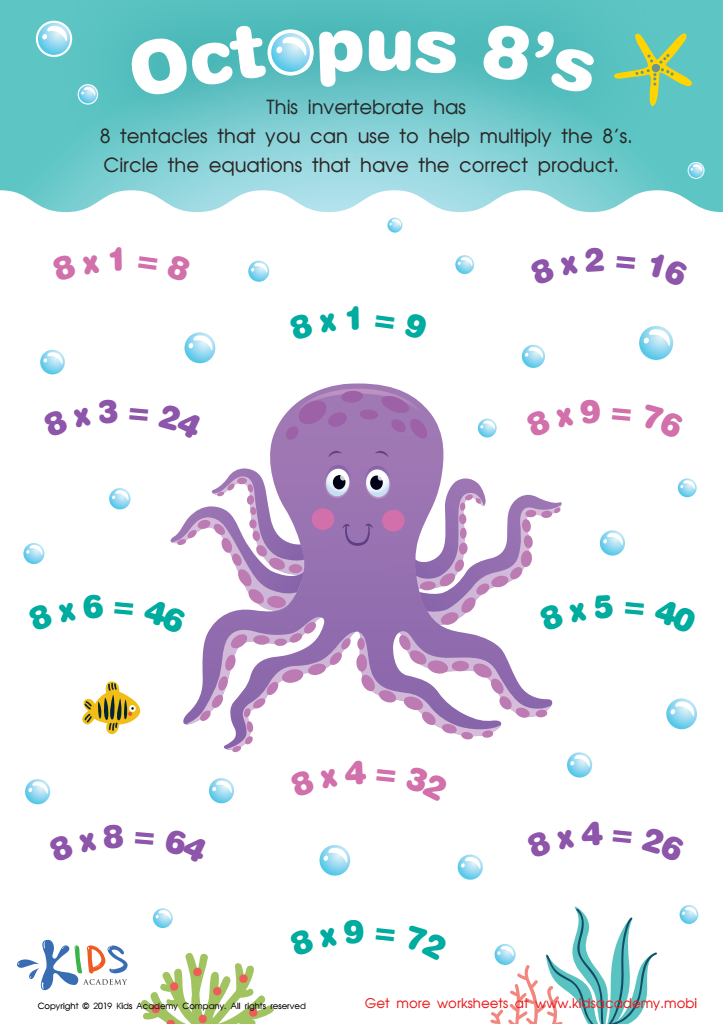

Octopus 8’s Worksheet
Number recognition is a foundational mathematical skill crucial for children aged 3-8, forming the building blocks for future learning. Understanding numbers is not just about counting; it's about developing cognitive skills, spatial awareness, and critical thinking. Parents and teachers should prioritize this skill because it directly influences a child's confidence and attitude towards mathematics.
Early number recognition helps children recognize patterns and sequences, an essential component of early math education. When children can identify and understand numbers, they are better prepared for more complex mathematical concepts later on, such as addition, subtraction, and number sense. This lays the groundwork for achievements in various academic areas, as math is interwoven into science, technology, and economics.
Incorporating fun and engaging activities, like games, songs, and hands-on learning experiences, can enhance number recognition without pressure. Parents and teachers play a pivotal role in nurturing a positive learning environment. By investing time in number recognition activities, they encourage curiosity, problem-solving skills, and a love for learning. Ultimately, promoting number recognition can make a significant difference in a child's education trajectory, empowering them to navigate future challenges with confidence and resilience.

 Assign to My Students
Assign to My Students



